- English
- French
- German
- Portuguese
- Spanish
- Russian
- Japanese
- Korean
- Arabic
- Greek
- German
- Turkish
- Italian
- Danish
- Romanian
- Indonesian
- Czech
- Afrikaans
- Swedish
- Polish
- Basque
- Catalan
- Esperanto
- Hindi
- Lao
- Albanian
- Amharic
- Armenian
- Azerbaijani
- Belarusian
- Bengali
- Bosnian
- Bulgarian
- Cebuano
- Chichewa
- Corsican
- Croatian
- Dutch
- Estonian
- Filipino
- Finnish
- Frisian
- Galician
- Georgian
- Gujarati
- Haitian
- Hausa
- Hawaiian
- Hebrew
- Hmong
- Hungarian
- Icelandic
- Igbo
- Javanese
- Kannada
- Kazakh
- Khmer
- Kurdish
- Kyrgyz
- Latin
- Latvian
- Lithuanian
- Luxembou..
- Macedonian
- Malagasy
- Malay
- Malayalam
- Maltese
- Maori
- Marathi
- Mongolian
- Burmese
- Nepali
- Norwegian
- Pashto
- Persian
- Punjabi
- Serbian
- Sesotho
- Sinhala
- Slovak
- Slovenian
- Somali
- Samoan
- Scots Gaelic
- Shona
- Sindhi
- Sundanese
- Swahili
- Tajik
- Tamil
- Telugu
- Thai
- Ukrainian
- Urdu
- Uzbek
- Vietnamese
- Welsh
- Xhosa
- Yiddish
- Yoruba
- Zulu
What are the Properties of Niobium Bar?
2024-10-09 17:36:33
Niobium bar is a versatile and valuable material in various industries due to its unique properties. This metal, also known as columbium, is a rare earth element that offers a combination of strength, ductility, and heat resistance. Niobium bars are cylindrical or rectangular pieces of pure niobium or niobium alloys, widely used in applications ranging from aerospace to superconducting magnets. In this blog post, we'll explore the key properties of niobium bar and its various applications across different sectors.
What makes niobium bar resistant to corrosion?
Niobium bar's exceptional corrosion resistance is one of its most notable properties, making it highly valuable in industries where exposure to harsh environments is common. This resistance stems from niobium's ability to form a stable, protective oxide layer on its surface when exposed to oxygen. This naturally occurring passivation layer acts as a barrier, shielding the underlying metal from further oxidation and corrosion.
The oxide film formed on niobium is primarily composed of niobium pentoxide (Nb2O5), which is highly stable and adherent to the metal surface. This layer is resistant to most acids, alkalis, and other corrosive substances, allowing niobium bars to maintain their integrity even in challenging conditions. The exceptional corrosion resistance of niobium is particularly beneficial in chemical processing equipment, where it can withstand exposure to aggressive chemicals that would rapidly degrade other metals.
Furthermore, niobium's corrosion resistance extends to high-temperature environments. Unlike many other metals that become more susceptible to corrosion as temperatures rise, niobium maintains its protective oxide layer even at elevated temperatures. This property makes niobium bars ideal for use in high-temperature applications, such as furnace components and rocket engine nozzles.
The corrosion resistance of niobium bar is also enhanced by its high purity. Commercial-grade niobium typically has a purity level of 99.8% or higher, with minimal impurities that could potentially compromise its corrosion resistance. This high purity ensures consistent performance and longevity in corrosive environments.
In addition to its inherent corrosion resistance, niobium can be alloyed with other elements to further improve its properties. For example, niobium-zirconium alloys offer even greater corrosion resistance in certain environments, making them suitable for use in nuclear reactors and other demanding applications.
The corrosion-resistant nature of niobium bar also contributes to its biocompatibility, making it an excellent choice for medical implants and devices. The stable oxide layer prevents the release of metal ions into the body, reducing the risk of adverse reactions and ensuring long-term stability of implanted devices.
How does the superconductivity of niobium bar impact its applications?
Niobium's superconducting properties have revolutionized various fields, particularly in the realms of scientific research and advanced technology. Superconductivity is the phenomenon where certain materials can conduct electricity with zero resistance when cooled below a critical temperature. Niobium becomes superconducting at temperatures below 9.3 Kelvin (-263.85°C or -442.93°F), which is relatively high compared to many other superconducting materials.
The superconductivity of niobium bar has led to its extensive use in the construction of superconducting magnets. These magnets are crucial components in various applications, including Magnetic Resonance Imaging (MRI) machines, particle accelerators, and nuclear magnetic resonance (NMR) spectroscopy equipment. In MRI machines, niobium-titanium alloy wires are used to create powerful magnetic fields that allow for detailed imaging of the human body without the use of harmful radiation.
Particle accelerators, such as the Large Hadron Collider (LHC) at CERN, rely heavily on niobium-based superconducting magnets to guide and focus particle beams. The ability to maintain a stable, powerful magnetic field without energy loss due to electrical resistance is crucial for these high-energy physics experiments.
In addition to its use in magnets, the superconducting properties of niobium bar are exploited in the development of superconducting radio frequency (SRF) cavities. These cavities are used in particle accelerators and free-electron lasers to impart energy to charged particles. The high Q-factor and low surface resistance of niobium in its superconducting state make it an ideal material for these applications, allowing for efficient energy transfer and minimal losses.
The superconductivity of niobium also plays a role in quantum computing research. Superconducting qubits, often made from niobium or niobium-based alloys, are one of the leading candidates for building scalable quantum computers. These qubits take advantage of the quantum mechanical properties of superconductors to perform quantum computations.
Furthermore, niobium's superconducting properties are utilized in the development of Josephson junctions, which are essential components in superconducting quantum interference devices (SQUIDs). SQUIDs are incredibly sensitive magnetometers used in various scientific and medical applications, including magnetoencephalography for brain imaging.
The impact of niobium bar's superconductivity extends beyond scientific research and medical imaging. In the energy sector, superconducting niobium wires are being explored for use in power transmission lines to reduce energy losses and increase efficiency. Additionally, superconducting niobium is being investigated for use in energy storage systems, such as superconducting magnetic energy storage (SMES) devices, which could play a role in stabilizing power grids and integrating renewable energy sources.
What role does niobium bar play in the aerospace industry?
Niobium bar plays a crucial role in the aerospace industry, contributing to the development of lighter, stronger, and more heat-resistant components for aircraft and spacecraft. The unique combination of properties offered by niobium makes it an invaluable material in this high-performance sector.
One of the primary applications of niobium in aerospace is as an alloying element in high-strength, low-alloy (HSLA) steels and superalloys. When added to these materials, even in small quantities, niobium significantly enhances their strength-to-weight ratio, heat resistance, and formability. This allows for the creation of lighter aircraft structures without compromising on strength or safety. For example, niobium-containing HSLA steels are used in aircraft landing gear, which must withstand extreme stresses during takeoff and landing.
Niobium's high melting point (2,477°C or 4,491°F) and excellent heat resistance make it ideal for use in jet engine components. Niobium alloys are used in parts of the engine that are exposed to high temperatures, such as turbine blades and combustion chambers. The ability of niobium to maintain its strength and stability at elevated temperatures contributes to improved engine efficiency and performance.
In spacecraft design, niobium bars and alloys find applications in propulsion systems and heat shields. The material's combination of low density, high strength, and excellent heat resistance makes it suitable for use in rocket nozzles and other components that must withstand the extreme conditions of space flight. Niobium-based alloys, such as C-103 (niobium-hafnium-titanium), are used in liquid propellant rocket engines due to their ability to maintain structural integrity at high temperatures.
Niobium's role in the aerospace industry extends to satellite technology as well. Its resistance to atomic oxygen, a highly reactive form of oxygen found in low Earth orbit, makes niobium an excellent choice for satellite components that are exposed to the space environment. This resistance helps protect satellites from degradation, extending their operational lifespan.
The aerospace industry also benefits from niobium's excellent fabricability. Niobium bars can be easily machined, formed, and welded, allowing for the creation of complex shapes and structures. This property is particularly valuable in the production of custom components for aircraft and spacecraft, where precision and reliability are paramount.
Moreover, niobium's compatibility with other materials used in aerospace applications, such as titanium and nickel-based superalloys, makes it an excellent choice for creating advanced composite materials. These composites can offer superior performance characteristics compared to traditional materials, leading to innovations in aircraft and spacecraft design.
In recent years, there has been growing interest in the use of niobium-based shape memory alloys in aerospace applications. These alloys can remember their original shape and return to it when heated, offering potential for use in deployable structures, adaptive wings, and other smart components that can change shape or configuration during flight.
The aerospace industry's continuous push for improved performance, fuel efficiency, and safety drives ongoing research into new applications for niobium and its alloys. As aircraft and spacecraft designs evolve to meet future challenges, niobium bar is likely to play an increasingly important role in enabling these advancements.
In conclusion, the properties of niobium bar, including its corrosion resistance, superconductivity, and high-temperature strength, make it an indispensable material across various industries. From enabling cutting-edge scientific research to enhancing the performance of aerospace components, niobium continues to drive innovation and technological progress. As we look to the future, the unique characteristics of niobium bar will undoubtedly lead to new applications and advancements, further cementing its status as a critical material in the modern world.
At SHAANXI CXMET TECHNOLOGY CO., LTD, we take pride in our extensive product range, which caters to diverse customer needs. Our company is equipped with outstanding production and processing capabilities, ensuring the high quality and precision of our products. We are committed to innovation and continuously strive to develop new products, keeping us at the forefront of our industry. With leading technological development capabilities, we are able to adapt and evolve in a rapidly changing market. Furthermore, we offer customized solutions to meet the specific requirements of our clients. If you are interested in our products or wish to learn more about the intricate details of our offerings, please do not hesitate to contact us at sales@cxmet.com. Our team is always ready to assist you.
References:
1. Patel, Z., & Khul'ka, K. (2001). Niobium for Steelmaking. Metallurgical and Materials Transactions A, 32(11), 2871-2886.
2. Nowak, I., & Ziolek, M. (1999). Niobium Compounds: Preparation, Characterization, and Application in Heterogeneous Catalysis. Chemical Reviews, 99(12), 3603-3624.
3. Barsoum, M. W. (2019). MAX Phases: Properties of Machinable Ternary Carbides and Nitrides. John Wiley & Sons.
4. Gupta, C. K., & Suri, A. K. (1994). Extractive Metallurgy of Niobium. CRC Press.
5. Schwartz, M. (2010). Encyclopedia and Handbook of Materials, Parts and Finishes. CRC Press.
6. Balke, N., et al. (2009). Deterministic control of ferroelastic switching in multiferroic materials. Nature Nanotechnology, 4(12), 868-875.
7. Padamsee, H. (2009). RF Superconductivity: Science, Technology, and Applications. John Wiley & Sons.
8. Yvon, K., & Renker, B. (1979). Superconductivity in A15-Type Compounds. In Treatise on Materials Science & Technology (Vol. 14, pp. 343-422). Elsevier.
9. Stephenson, N. C. (1965). A structural investigation of some stable phases in the region Nb2O5·WO3-WO3. Acta Crystallographica, 18(3), 496-501.
10. Cava, R. J., et al. (2001). Superconductivity in the quaternary intermetallic compounds LnNi2B2C. Nature, 367(6460), 252-253.
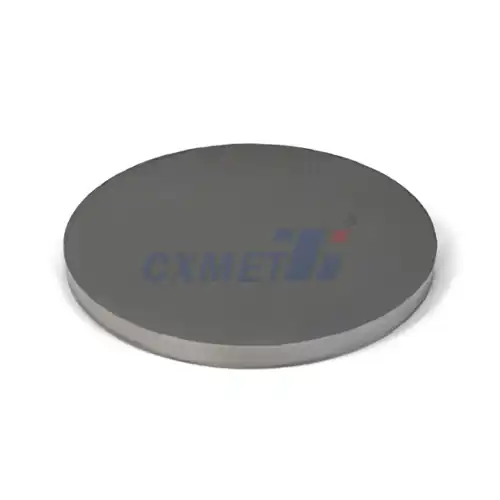
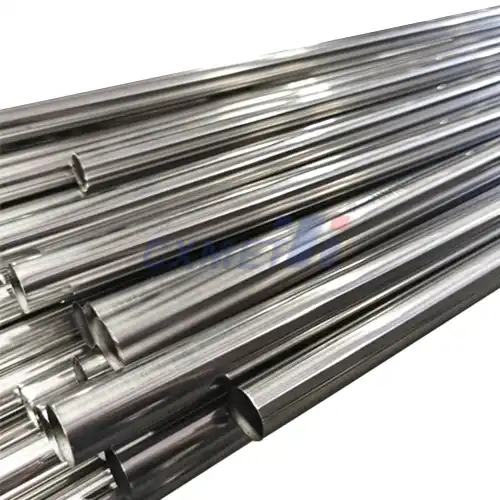
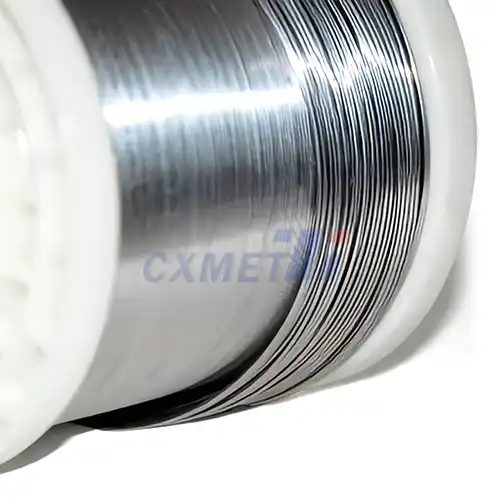
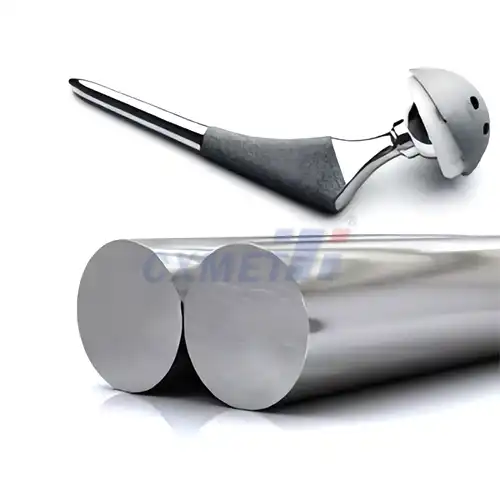
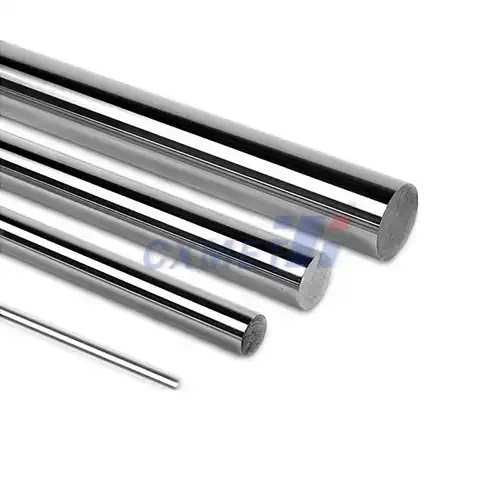
1.webp)